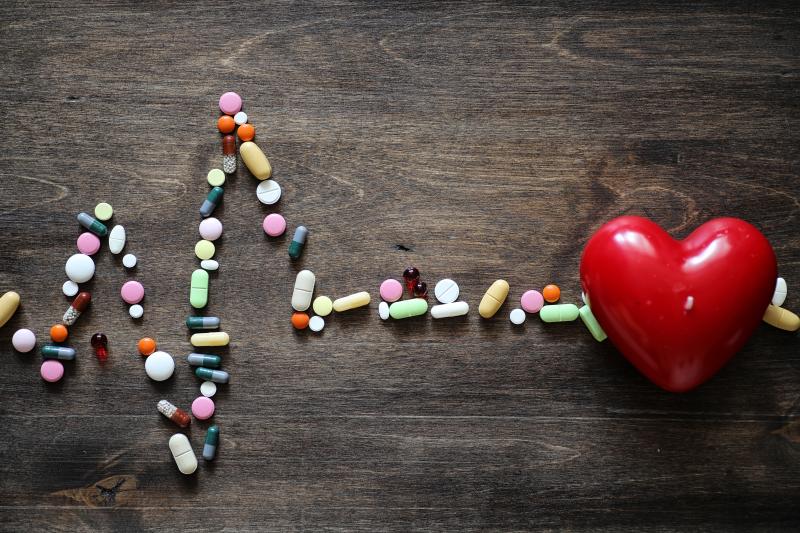
Exposure to pharmacological treatments for attention-deficit hyperactivity disorder (ADHD) appears to confer increases in blood pressure (BP) and pulse among children, teens, and adults, according to the results of a meta-analysis.
Researchers searched multiple online databases for studies for published and unpublished randomized controlled trials (RCTs) comparing amphetamines, atomoxetine, bupropion, clonidine, guanfacine, lisdexamfetamine, methylphenidate, modafinil, or viloxazine against each other or placebo. The comparisons were made in relation to the changes in the primary outcomes of systolic BP (SBP), diastolic BP (DBP), and pulse at timepoints closest to 12 weeks, 26 weeks, and 52 weeks.
The meta-analysis included 102 RCTs with short-term follow-up (median 7 weeks). Altogether, these trials involved 13,315 children and adolescents (aged ≥5 years and <18 years; mean age 11 years, 73 percent male, 71 percent White) and 9,387 adults (mean age 35 years, 57 percent male, 79 percent White).
Pooled data showed increments in haemodynamic values across amphetamines, atomoxetine, lisdexamfetamine, methylphenidate, and viloxazine in children and adolescents, adults, or both.
In children and adolescents, the increase in SBP ranged from 1.07 mm Hg with atomoxetine to 1.81 mm Hg with methylphenidate vs placebo. The increase in DBP ranged from 1.93 mm Hg with amphetamines to 2.42 mm Hg with methylphenidate vs placebo. The increase in pulse ranged from 2.79 bpm with viloxazine to 5.58 bpm with atomoxetine vs placebo.
In adults, the increases ranged between 1.66 mm Hg with methylphenidate and 2.3 mm Hg with amphetamines vs placebo for SBP, between 1.60 mm Hg with methylphenidate and 3.07 mm Hg with lisdexamfetamine vs placebo for DBP, and between 4.37 bpm with methylphenidate and 5.8 bpm with viloxazine vs placebo for pulse.
Amphetamines, lisdexamfetamine, or methylphenidate were not associated with marked increases in haemodynamic values compared with atomoxetine or viloxazine in children and adolescents and adults.
Meanwhile, guanfacine was associated with decreases in haemodynamic values in children and adolescents (mean decrease vs placebo, –2.83 mm Hg for SBP, –2.08 mm Hg for DBP, and –4.06 bpm for pulse) and adults (mean decrease vs placebo, –10.1 mm Hg for SBP, –7.73 mm Hg for DBP, and –6.83 bpm for pulse).